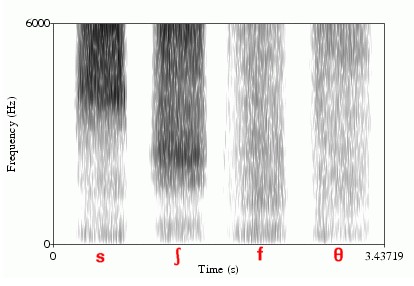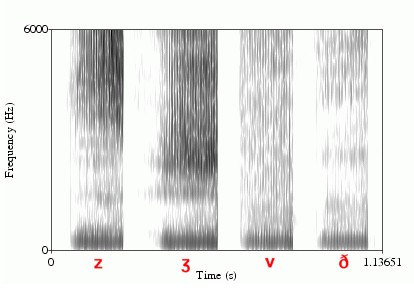If I recally correctly I tried this once, but there was barely any activity. I'm totally OK trying this out again, though, so I'm pinning your post.
Linguistics
Welcome to the community about the science of human Language!
Everyone is welcome here: from laypeople to professionals, Historical linguists to discourse analysts, structuralists to generativists.
Rules:
- Instance rules apply.
- Be reasonable, constructive, and conductive to discussion.
- Stay on-topic, specially for more divisive subjects. And avoid unnecessary mentioning topics and individuals prone to derail the discussion.
- Post sources when reasonable to do so. And when sharing links to paywalled content, provide either a short summary of the content or a freely accessible archive link.
- Avoid crack theories and pseudoscientific claims.
- Have fun!
Related communities:
- [email protected]
- [email protected]
- [email protected]
- [email protected]
- [email protected]
- [email protected]
Wouldn't it be fine to just let people post their small questions as their own threads? There's not a ton of activity here (yet), and the questions would thus get more exposure while not really hindering the visibility of other threads.
They can if they want, that's 100% fine.
The goal here isn't to concentrate the activity, but to encourage people to ask away, even if they feel like it is not worth creating a whole new thread for that.
What makes a fricative sibilant? What's the difference between sibilant and non-sibilant fricatives?
Sibilants are louder, specially in higher frequencies, because the obstruction of the airflow creates considerably more turbulence than for other fricatives. This is rather visible in spectrograms, like this:


See those dark (loud) bands at the top (higher pitch) for /s ʃ z ʒ/? It's the turbulence.
In case people misunderstand the title and start asking and answering small questions here, my question is does the IPA have a way of writing sounds made with the tongue rolled (not a trill)? For instance, sticking my tongue out rolled and making a voiced fricative that way gets me what sounds like a cross between /ð/ and /β/, and trying to say /a(sound)a/ comes out as [aw(sound)a].
No because IPA only has symbols for segments and articulations that are attested in at least one language, and odds are that no language out there uses tongue rolled consonants:
- a lot of people can't articulate it, so the articulation is rather unstable if you think about the linguistic community as a whole
- it takes considerable articulatory effort, and as you said it sounds a lot like other easier-to-pronounce sounds
For symbols for "odd" articulations like this you have a better chance checking extIPA (extended IPA). Originally it was intended for disordered speech, but often you see the symbols leaking even for descriptions of ordered speech. I couldn't find one for tongue rolling though.
Oh well, guess i get to make up my own unofficial letters. Thanks.
Conlang, right?
It's completely fine to do some ad hoc IPA extensions when describing your conlang, just make sure to clarify them in the conlang files - both for others and for your future self. Or even ditch IPA and use a different notation system, made at home - specially when your conspeakers don't have the same phonatory organs as humans would.